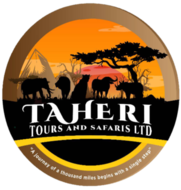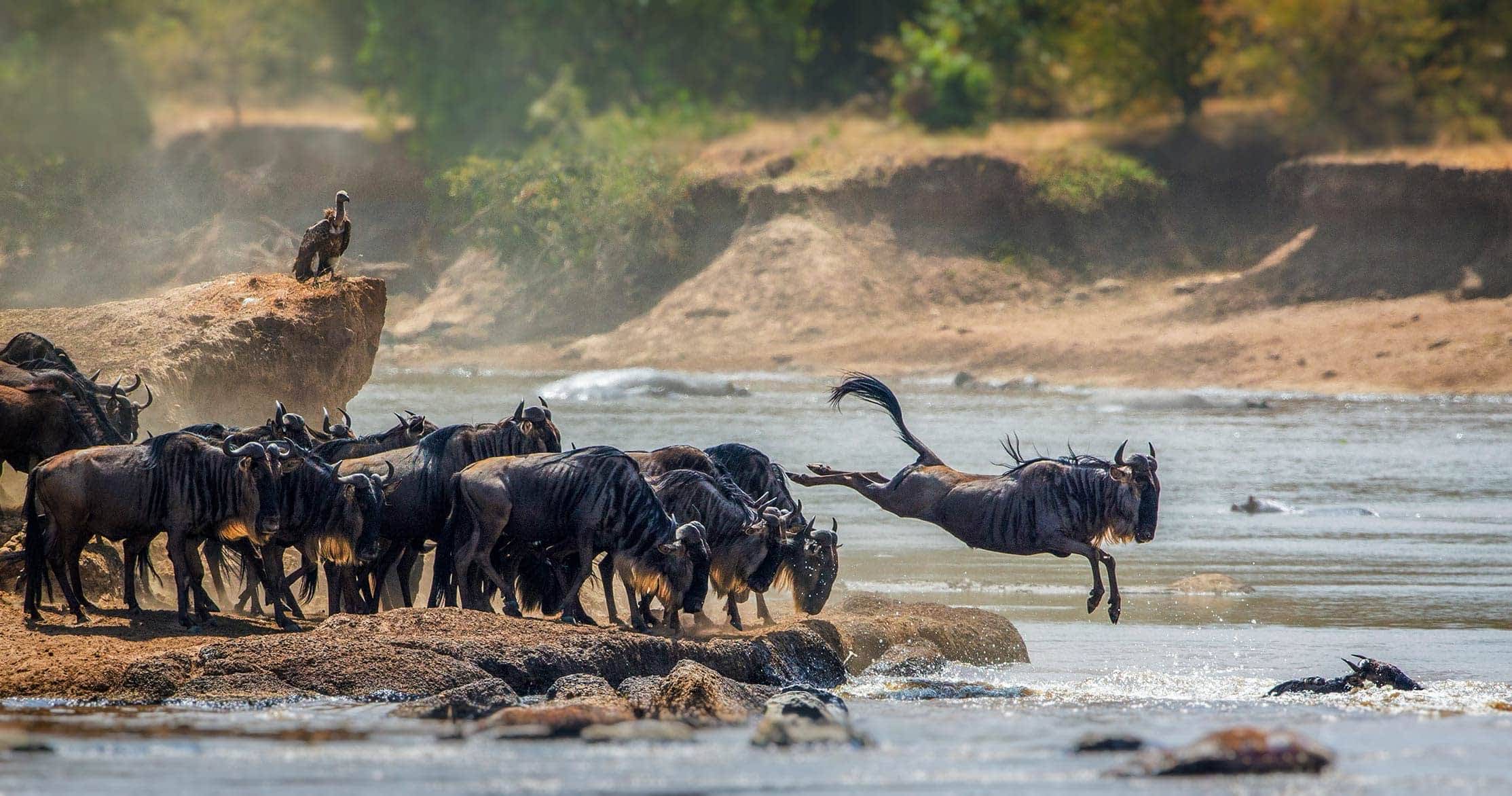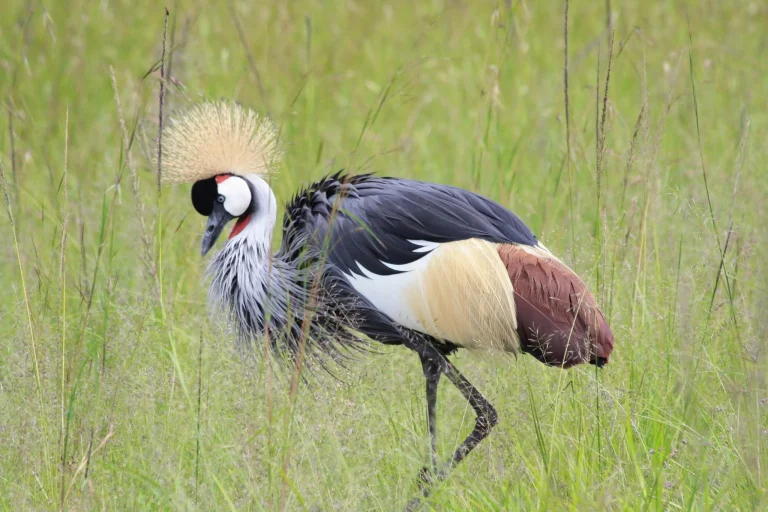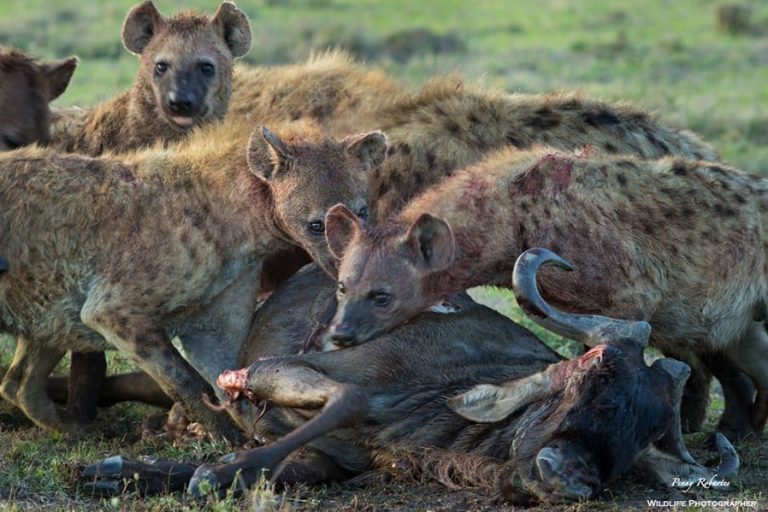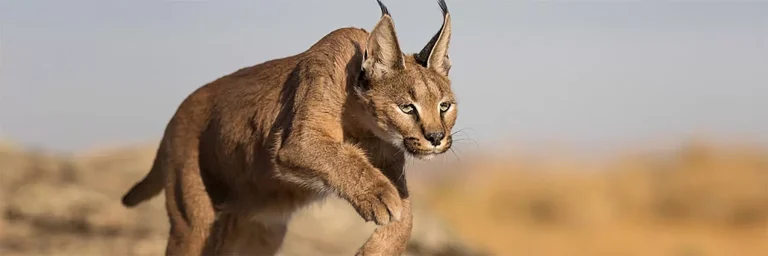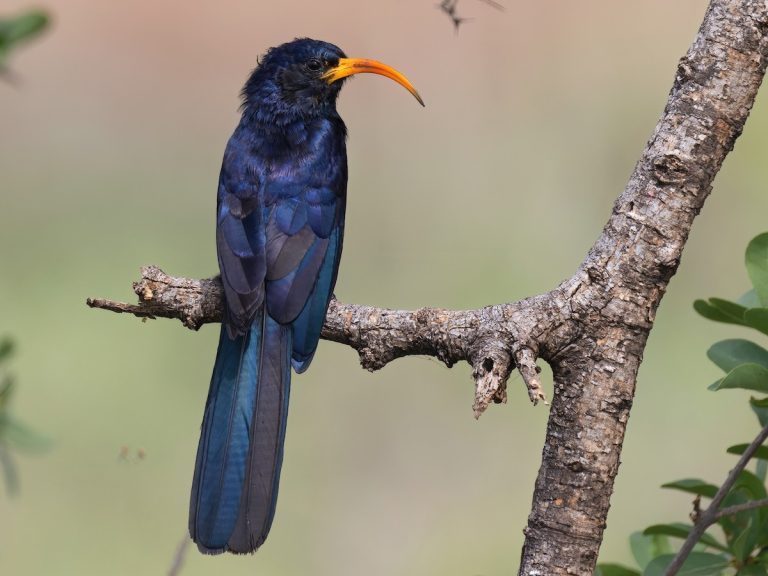The Nomads of the Serengeti: Unusual Migration Patterns Beyond the Great Migration
The Serengeti is synonymous with the Great Migration, a breathtaking spectacle where over 1.5 million wildebeest, 200,000 zebras, and 500,000 gazelles traverse the vast plains in a never-ending cycle of life and survival. But while this world-famous migration steals the spotlight, the Serengeti is home to many other fascinating nomadic creatures that follow unique, lesser-known migration patterns. This blog explores the hidden migrations of the Serengeti, delving into how various species navigate this sprawling landscape, why they move, and what makes their journeys extraordinary.
1. The Overlooked Travelers: Lesser-Known Migratory Species
1.1. The Eland: Africa’s Largest Antelope on the Move
Elands, the largest of all African antelope, might not attract the same attention as wildebeest, but they embark on long, unpredictable migrations. Unlike the Great Migration, which follows a fairly structured path, eland migrations are dictated by localized rainfall patterns rather than fixed routes. Their ability to conserve water allows them to explore drier areas of the Serengeti, where few other herbivores can survive. Interestingly, they tend to migrate in smaller, fragmented groups, making their movements more elusive to researchers and travelers alike.
1.2. The Lesser-Known Zebra Migration
While zebras are part of the Great Migration, another separate zebra migration occurs in the Serengeti. These zebras migrate independently, moving from the Serengeti to Tarangire National Park, approximately 250 kilometers south. This lesser-known migration is one of the longest in Africa and is driven by water availability rather than the presence of predators.
1.3. The Elephants’ Grand Circuit
Elephants in the Serengeti do not follow a strict migration pattern like wildebeest but rather a seasonal nomadic movement. They move great distances in search of food, utilizing their incredible memory to recall paths used by previous generations. Unlike the wildebeest, elephants migrate individually or in small family groups rather than in vast herds. Scientists believe that older elephants act as guides, passing down migratory knowledge to younger generations.
1.4. Birds of the Serengeti: The Ultimate Nomads
Birds, particularly species like the lesser flamingo, steppe eagles, and Amur falcons, undertake some of the Serengeti’s longest migrations. Many of these birds travel thousands of kilometers, with some coming from as far as Asia and Europe to breed or feed in the Serengeti’s rich wetlands and plains.
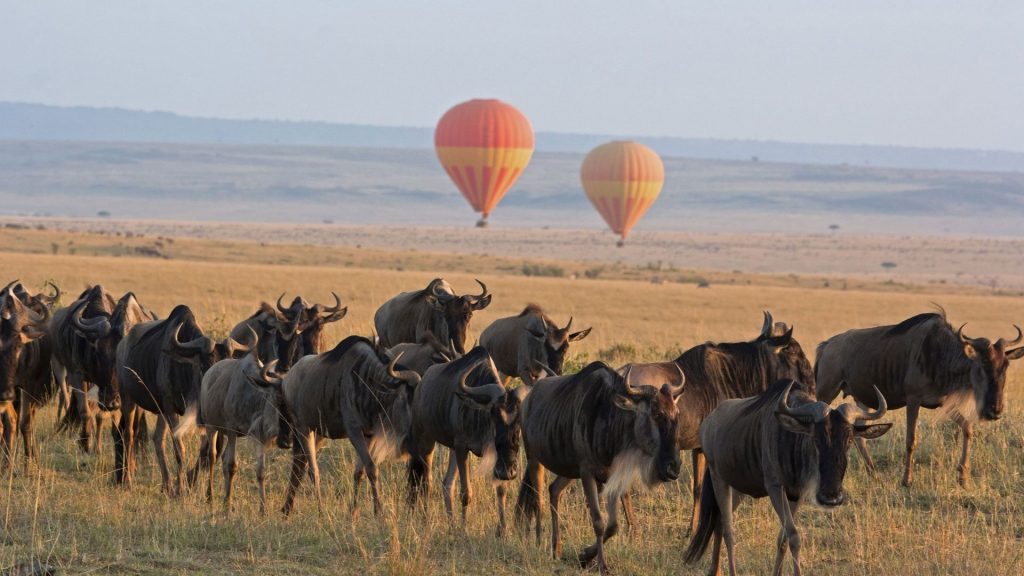
2. Why Do These Animals Migrate?
2.1. The Search for Water
Unlike wildebeest, which move in predictable cycles, animals like elephants and zebras migrate based on water availability. During the dry season, many species move toward permanent rivers like the Grumeti and Mara. When the rains return, they disperse across the Serengeti, taking advantage of seasonal waterholes.
2.2. Escaping Predators
Predation plays a crucial role in shaping migration routes. Unlike the wildebeest, which migrate in massive herds for safety, species like elands and impalas move in smaller groups to avoid detection by lions and hyenas.
2.3. Nutrient-Rich Grass and Foliage
Many animals migrate based on the availability of nutrient-rich vegetation. Certain grasses and plants in the Serengeti offer superior nutrition, attracting species like gazelles and buffalo that require high-energy food to sustain themselves.
3. The Challenges of Migration in the Modern Era
3.1. Human Encroachment and Habitat Loss
As human settlements expand around the Serengeti, traditional migratory routes are becoming disrupted. Fences, roads, and farms cut off ancient pathways that animals have followed for thousands of years, forcing them to adapt or perish.
3.2. Climate Change and Rainfall Variability
Rainfall patterns in the Serengeti have become more erratic due to climate change. This has a direct impact on the migration of species like zebras and elands, which rely on seasonal rainfall for food and water.
3.3. Poaching and Illegal Hunting
Although conservation efforts have reduced poaching in the Serengeti, migratory species still face threats from illegal hunting. Elephants, in particular, are at risk due to ivory poaching, which disrupts their natural movement patterns.
4. The Best Time and Places to Witness These Migrations
For travelers eager to experience these hidden migrations, timing is crucial:
- December to March – Elands and gazelles are highly active in the southern Serengeti.
- June to August – The secret zebra migration from the Serengeti to Tarangire takes place.
- July to October – Elephants travel through the northern Serengeti in search of water.
- Year-Round – Bird migrations can be seen in Serengeti wetlands and near Lake Natron.
For the best views, consider visiting Seronera, Grumeti River, the Mara region, or Tarangire National Park to see lesser-known migratory movements in action.
5. The Future of Serengeti’s Nomads: Can We Protect These Hidden Migrations?
Conservation organizations are working to secure wildlife corridors that allow migratory species to move freely despite human development. Efforts include:
- Creating wildlife-friendly buffer zones around Serengeti National Park.
- Collaborating with local communities to prevent habitat destruction.
- Tracking and studying lesser-known migrations to inform conservation strategies.
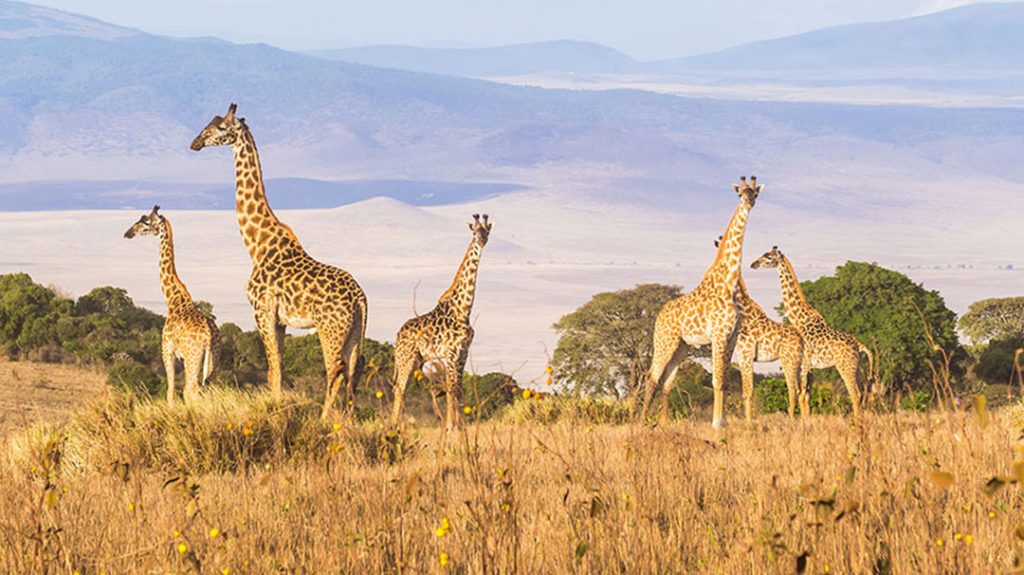
Final Thoughts: A Serengeti Beyond the Great Migration
For many travelers, the Serengeti is synonymous with the dramatic river crossings of wildebeest. However, for those willing to look deeper, the Serengeti offers an entire world of movement, migration, and survival beyond the famous Great Migration. From elands wandering unpredictably to secret zebra migrations and the majestic elephants charting their ancient routes, the Serengeti’s hidden migrations are just as awe-inspiring.
Next time you visit the Serengeti, look beyond the well-known spectacles and seek out the stories of these silent nomads—you’ll uncover a world just as wild, untamed, and breathtakingly beautiful.
Are you planning a trip to the Serengeti?
If this article inspired you, let us know your thoughts in the comments! Have you witnessed any of these lesser-known migrations? Let’s explore the Serengeti together! 🦓🌍
